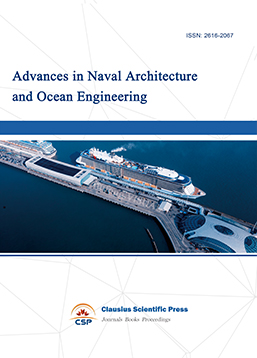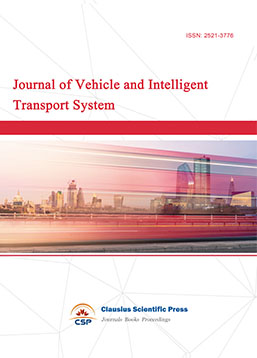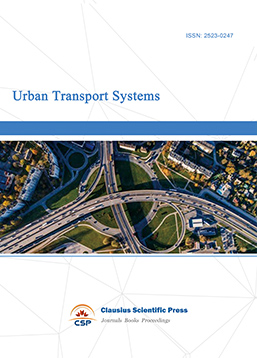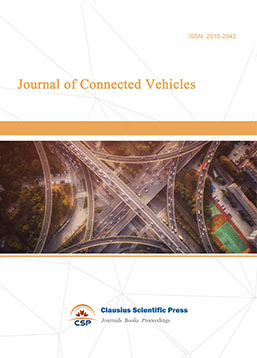Comparative Study on the Vehicle Model of Demand-Responsive Feeder Bus
DOI: 10.23977/ftte.2023.030101 | Downloads: 6 | Views: 659
Author(s)
Zhaokang Li 1
Affiliation(s)
1 School of Traffic & Transportation, Chongqing Jiaotong University, Chongqing, 400074, China
Corresponding Author
Zhaokang LiABSTRACT
Demand-responsive feeder bus is a new operation mode of public transport, which is guided by passenger demand and provides door-to-door customized travel services. The number of passengers that need to be served at the same time on a bus, which is often decided by vehicle model, is a key parameter that determines the level of bus service. An analytical model of demand-responsive feeder bus was built to analyze the different bus models under certain passenger flow. Given a certain passenger flow, the required number of vehicles, passenger travel time and the vehicle travelled miles are compared and analyzed with different bus models. The numerical analysis shows that larger bus is more economic in vehicle travelled miles while passengers will experience longer travel time. The result may provide a reference for the public transport agencies deciding which model of vehicle to deploy that better balances the user cost and operating cost.
KEYWORDS
Urban traffic, public transit planning, feeder bus, demand-responsive transitCITE THIS PAPER
Zhaokang Li, Comparative Study on the Vehicle Model of Demand-Responsive Feeder Bus. Frontiers in Traffic and Transportation Engineering (2023) Vol. 3: 1-7. DOI: http://dx.doi.org/10.23977/ftte.2023.030101.
REFERENCES
[1] Daganzo C. F. (1978). An approximate analytic model of many-to-many demand responsive transportation systems. Transportation Research, 12(5), 325–333.
[2] Daganzo C. F. (1984). The length of tours in zones of different shapes. Transportation Research Part B: Methodological, 18(2), 135–145.
[3] Galarza Montenegro B. D., Sörensen K., & Vansteenwegen P. (2021). A large neighborhood search algorithm to optimize a demand-responsive feeder service. Transportation Research Part C: Emerging Technologies, 127, 103102.
[4] Galarza Montenegro B. D., Sörensen K., & Vansteenwegen P. (2022). A column generation algorithm for the demand‐responsive feeder service with mandatory and optional, clustered bus‐stops. Networks, 80(3), 274–296.
[5] Jiang S., Guan W., Yang L., & Zhang W. (2020). Feeder Bus Accessibility Modeling and Evaluation. Sustainability, 12(21), 8942.
[6] Koffman D. (2004). TCRP Report 53: Operational Experiences with Flexible Transit Services: A Synthesis of Transit Practice. Transportation Research Board of the National Academy.
[7] Quadrifoglio L., & Li X. (2009). A methodology to derive the critical demand density for designing and operating feeder transit services. Transportation Research Part B: Methodological, 43(10), 922–935.
[8] Sun B., Wei M., Yang C., & Ceder A. (2019). Solving demand-responsive feeder transit service design with fuzzy travel demand: A collaborative ant colony algorithm approach. Journal of Intelligent & Fuzzy Systems, 37(3), 3555–3563.
[9] Wang Z., Yu J., Hao W., & Xiang J. (2021). Joint Optimization of Running Route and Scheduling for the Mixed Demand Responsive Feeder Transit With Time-Dependent Travel Times. IEEE Transactions on Intelligent Transportation Systems, 22(4), 2498–2509.
[10] Winter K., Cats O., Correia G., & van Arem B. (2018). Performance analysis and fleet requirements of automated demand-responsive transport systems as an urban public transport service. International Journal of Transportation Science and Technology, 7(2), 151–167.
| Downloads: | 112 |
|---|---|
| Visits: | 9374 |

 Download as PDF
Download as PDF


